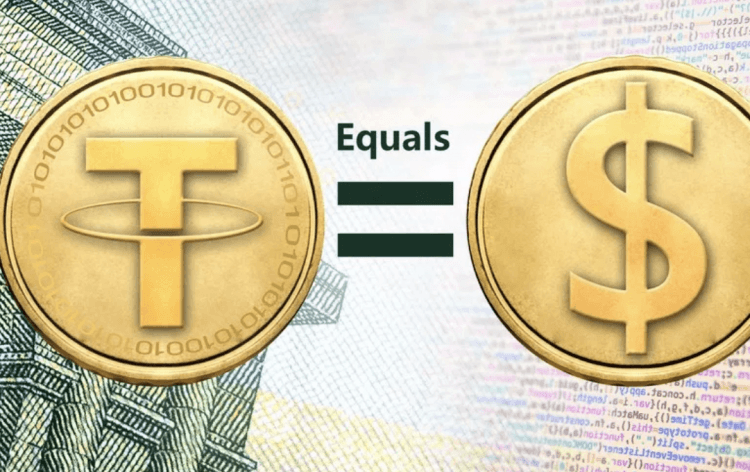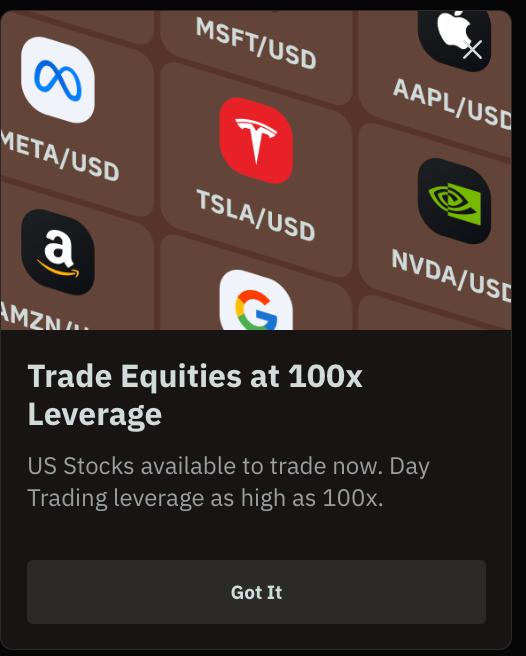Stablecoins explained – what it is and how it works?

The ever-increasing buzz around cryptocurrencies is bound to create a lot of uncertainty, if not downright confusion at some moments. Arguably, one such instance is stablecoins. Whether it’s because the majority of projects are still in their infancy or the exact mechanics are hard to grasp, the concept behind this type of cryptocurrency is fairly unclear. Let’s see what the fuss is all about.
What are stablecoins?
Just by glancing at the name, you can guess that stablecoins have one particular mission: to provide stability to an otherwise highly volatile crypto market. These coins are devised to have a fixed value against a stable asset (such as gold or a fiat currency like the U.S. dollar), cutting down on manipulative trading and helping pave the way toward mass adoption of cryptocurrencies.
Typical classification of stable coins revolves around three categories:
- Fiat-collateralized
- Crypto-collateralized
- Non-collateralized
Fiat-collateralized stablecoins are tied (or “pegged”) to a fiat currency, taking a more centralized and straightforward approach where you have to trust a central entity. On the other hand, crypto-collateralized stablecoins are backed by reserves of other crypto assets, presenting a more decentralized approach. Finally, non-collateralized stablecoins are stable-priced cryptocurrencies that rely on stabilization algorithms, instead of being backed by a collateral, which regulate the supply of the coin.
Are stablecoins really stable?
That’s what everybody wants to know. Stablecoins are mostly novel and testing the waters and while it’s true they already experienced some controversy, it’s too early to tell if there’s are fundamental flaws or growing pains. What help the case of stablecoins is the fact that sustained currency stability is more of an exception than a rule in the currency space, as evidenced by recent volatile fiat currencies in Turkey and Venezuela.
Even Tether, the biggest and the most recognizable stable coin that owes much of its success to backing each token with one U.S. dollar and facilitating a 1:1 trade, recently broke off that peg. Other fiat-collateralized stablecoins continue to fluctuate a touch above or below $1, making people wonder if a genuine 1:1 peg is feasible (the case of NuBits springs to mind). If stablecoins achieve real stability or even a more stable scenario than what we have today, they could assume the role of a low-risk, reliable crypto option that could fully unlock the potential and impact of cryptocurrencies. For now, the combination of some form of centralization and decentralization while regaining scalability and trust is a work in progress.
How many stablecoins are there?
The latest figures show there are over 50 stablecoins in development globally. Some of the most popular are:
- Tether (USTD)
- TrueUSD (TUSD)
- MakerDAO (MKR)
- Basis
- BitUSD
- Gemini dollar (GUSD)
- Havven (HVN)
Why are so many stablecoins popping up?
The aforementioned Tether alone is a good basis for the creation of stablecoins. It’s popular and successful, yet criticized and controversial. As a result, many feel they can provide a better alternative, a more comprehensive solution while enjoying the benefits. The potential case use for stablecoins is plentiful, which is why financial institutions from outside the crypto world as well are attracted to the concept. Case in point: the Gemini dollar (GUSD) from Gemini Trust, the cryptocurrency exchange founded by the Winklevoss twins. It’s arguably the world’s first regulated stable coin, approved by the New York Department of Financial Services (arguably because virtually the same day, Paxos Standard also got approved).
What does this all mean for stable coins?
In the crypto industry, stablecoins often carry the label of the “holy grail” due to their almost-mythical power to open the doors toward mass adoption of cryptocurrencies and blockchain technologies. The recognition of the U.S. regulators means a regulated coin per se should counter and diminish the volatility the cryptocurrency market is (in)famous for. Such and similar moves by big players in the both the finance and crypto space should be seen as one step closer to genuine cryptocurrency acceptance, but more so in the mainstream perception of stable coins as viable crypto assets. That being said, there’s still a long way to go so lots of patience and support will be required.
Do you like cryptocurrencies, would you like to buy some or trade with them? If you want to try trading digital currencies, then we recommend you to try broker iqoption. It’s a highly trusted, reliable broker who offer forex trading, crypto trading, and crypto buying.


























Comments (0 comment(s))